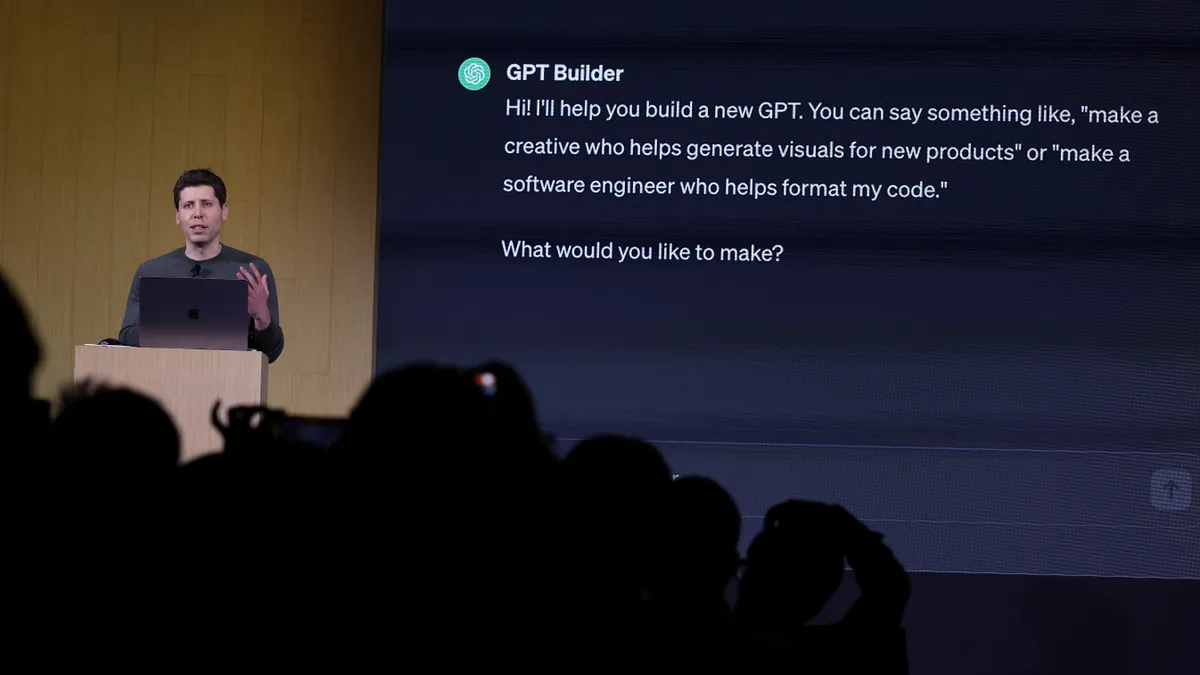Correction: A previous version of this story incorrectly identified Arabelle Fedora's employer. She is VP and managing principal consultant of talent management at Right Management.
Employee training is big business. Companies spend billions on it each year and as training budgets strain under the weight of need, it becomes even more critical to ensure those dollars aren't wasted.
Employees have only about 1% of their work time to devote to professional development — about 5 minutes per day in a normal workweek. With that little disposable time, employers need to make every moment of learning worthwhile. Yet only 12% of learners say they apply the skills received from training to their jobs. So where is training falling short and where is it hitting the mark?
Information in context
The challenge is to deliver the right training at the right time. Information without context is quickly forgotten. For workers who are looking for data at the point of need, having targeted training available is the best bang for employers' buck.
This "just in time training" provides knowledge at the point of action, where employees not only learn the solution, but immediately apply it to their needs. The real world scenario provides context, enhancing memory of the knowledge. If the employee needs a refresher at a later date, they know there is a knowledge base to which they can refer.
“The best time for training is when the learner really has a strong desire and need to learn," according to Arabelle Fedora, VP and managing principal consultant of talent management at Right Management. "As a trainer you want them to view the training/development activity as valuable because it’s in sync with whatever motivates or drives them."
The challenge then becomes helping workers retain that knowledge. "We must counteract the 'forgetting curve,'" Fedora said. This requires paying attention to the training's design as well as its timing. "The timing of the training should coincide with providing the maximum window of opportunity to apply the learning back on the job immediately.”
The benefits of training at the point of need are many:
Accuracy/Retention. Workers can verify what they’ve learned with completion of a task.
Productivity. Just in time learning keeps employees at their desk and working until they need new knowledge. The ability to access information when it’s used, rather than when it’s provided, keeps productivity high.
Access. We live in an on-demand age: rarely do we wait for information – we simply Google it. Accessible training is second nature for employees.
Relevance. Access to exactly what you need to know, when you need to know it addresses knowledge gaps and applies learning immediately.
Confidence. Focused learning modules – particularly micro-learning – give employees confidence to perform and a sense of ownership and control.
Timing is everything
The best time to train is when employees are already motivated to learn, says Alex Khurgin, director of learning innovation at Grovo, a provider of micro-learning video lessons and technology. That happens when employees have an acute need, prepare for a new challenge, or undergo a big change, Khurgin says. "These high-motivation 'moments of need' or 'points of need' occur regularly throughout the employee lifecycle. The goal is to surround these moments with training and performance support resources to capitalize on people’s willingness to prepare for a big moment, or improve on their performance afterward.”
Khurgin believes training leaders should evaluate the moments of need that happen most frequently in their organizations and be ready with short, focused learning experiences that the employee can start applying right away. "Using longer training and learning formats may mean you miss the motivational window.”
Missing that moment of need could be costly, he adds: “At the wrong time, far from a clear point of need, learners don’t approach training with an open mind. They are either distracted by something more urgent, or are closed to learning new things because of what they already know."
Preparing for the right time
But in addition to timing, its important to ensure quality training, too. “Of course timing matters: that is why you conduct a thorough Training Needs Analyses to determine who, when, how and why to train," says Eduardo Salas, professor of organizational psychology at Rice University, but there’s more to the equation of getting the most out of training.
Efforts are most effective when they're designed with science in mind: training should have precise outcome goals, opportunities to practice and mechanisms for feedback and reflection. Salas believes much of the motivation to learn comes from “supervisory support, relevance to career advancement, and the opportunity to perform."
But to get that training to stick, employees need to be able to access it when the need arises. Applying that information in a real-world scenario not only solidifies the learning experience, but also empowers employees to strive for more. If they know resources are at hand to help them, they’re more likely to take risks and innovate.



















